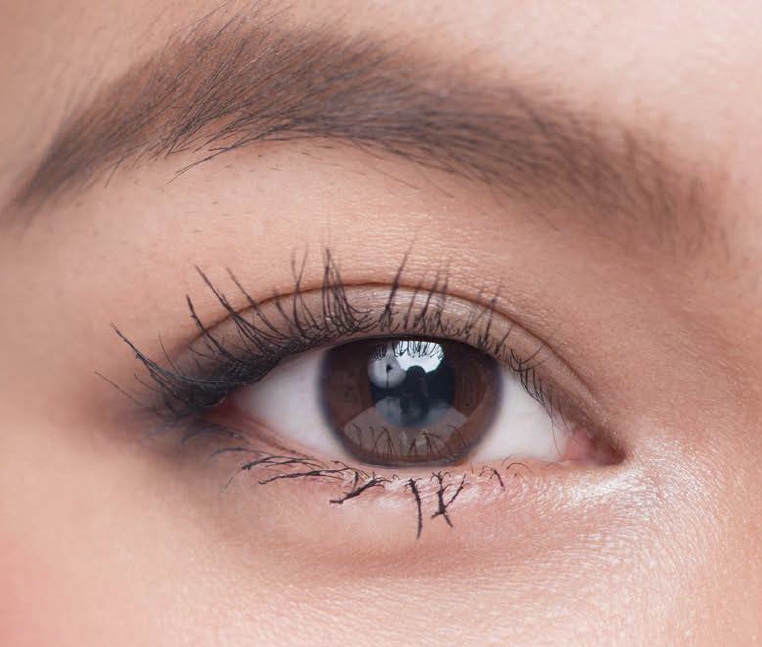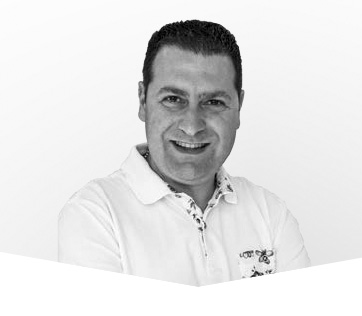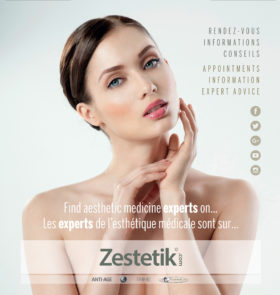by Dr Christian Fayard
Filling a under-eye circle area using hyaluronic acid is a popular procedure, regardless of age. Injecting this area – which has a great many lymph vessels and blood vessels – requires good knowledge of the facial anatomy and a suitable product. In all cases, the three rules that must be respected are: inject deeply, slowly and always under-correct.
 For this area, which is tricky to treat, it is vital to ensure there are no counter-indications for treatment. To do this, first I examine the patient in a semi-seated position and check that there is no lymph stasis. I then perform a snap-back test (pinch test) to check that there is no slackness in the skin of the lower eyelid.
For this area, which is tricky to treat, it is vital to ensure there are no counter-indications for treatment. To do this, first I examine the patient in a semi-seated position and check that there is no lymph stasis. I then perform a snap-back test (pinch test) to check that there is no slackness in the skin of the lower eyelid.
Finally, I ask the patient to look upwards while I apply pressure to the malar bone. This allows me to assess how much product I need to inject in order to correct the hollows. If I notice that my patient has issues with hyperpigmentation, I tell them that the procedure will not affect the colour of the under-eye area, but will fill the shadows caused by the cavity.
The danger zones to avoid are the angular vein and artery, which are found in the inner corner of the eye, as well as the infraorbital nerve that comes out of the infraorbital foramen, which is easily located by drawing a vertical line through the centre of the pupil (eyes facing forward).
The use of a 25G cannula and an entry point located to the side of the foramen allow us to reduce the risk of touching these danger zones. To inject, I make a 1cm-2cm guide hole underneath the outer canthus of the eye. I carefully insert a 25G 40 mm cannula deep into the tissue, towards the inner corner of the eye. I then per-form retrotracing injections very slowly into the medial SOOF, in contact with the periosteum and along the palpebronasal fold.
Finally, if necessary and using the same entry point, I change the direction of my cannula to inject towards the external canthus of the eye, again using the retrotracing technique, along the orbitomalar groove, into the lateral SOOF and in contact with the periosteum. I inject very small quantities of product each time, a maximum of 0.5ml per eye. I would rather under-correct and then see the patient again to perform a subsequent touch-up. Finally, it is important to choose the right product.
The under-eye is a very delicate area that requires a very light gel that is mouldable and mildly hygroscopic so as not to overcharge the lymphatic system and avoid any swelling. Personally, I always inject this area with TEOSYAL Redensity® 2, the only product on the market that is designed especially for filling under-eye circles.
 Dr Christian Fayard: With a practice in Amiens, Dr Christian Fayard has specialised in aesthetic and anti-aging medicine for the last 13 years. He is an expert in using hyaluronic acid injections to treat facial aging, skin quality and loss of volume.
Dr Christian Fayard: With a practice in Amiens, Dr Christian Fayard has specialised in aesthetic and anti-aging medicine for the last 13 years. He is an expert in using hyaluronic acid injections to treat facial aging, skin quality and loss of volume.







